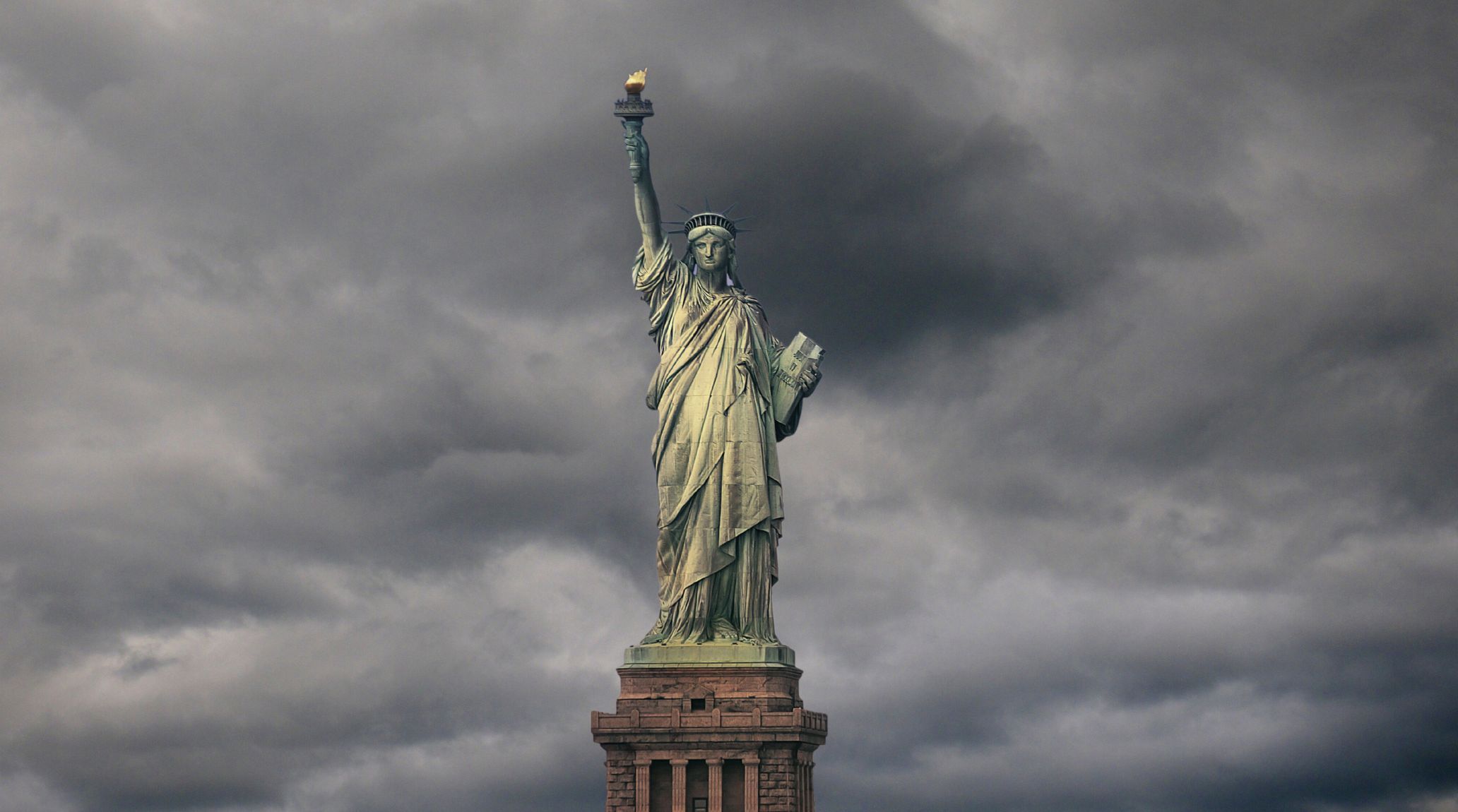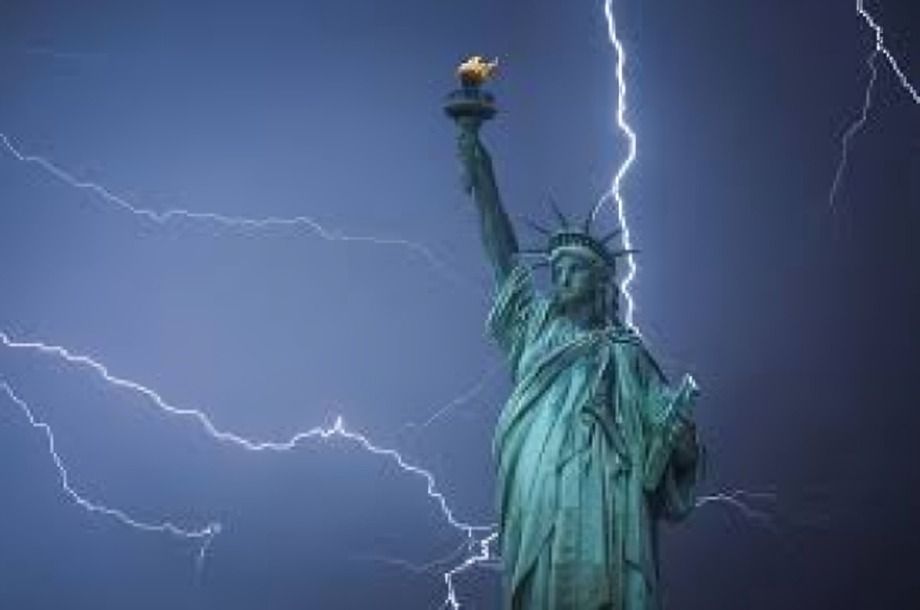
“
The Statue of Liberty stands as a powerful symbol of freedom, hope, and democracy. Located in New York Harbor, it has welcomed millions of immigrants to the United States since its dedication in 1886. This iconic monument represents not just the ideals of liberty but also the aspirations of those seeking a better life. In this factsheet, we’ll explore the Statue of Liberty Factsheet in detail , from its design and construction to its role in American history. Join us in uncovering the significance behind this symbol of liberty and hope.1
1
”
The Statue of Liberty is made of copper, and its green color comes from oxidation over time, a natural process known as patina, which also protects the statue from further corrosion. 1
The Statue of Liberty’s current torch, added in 1986, has a 24K gold-covered copper flame. Reflecting sunlight by day, it’s lit by 16 LED floodlights at night, while the original resides in the museum. 2
The statue’s seven crown rays represent the seven continents and oceans, symbolizing universal freedom and liberty. Each ray is approximately nine feet long and weighs about 150 pounds. 3
Frédéric Auguste Bartholdi, who designed the Statue of Liberty, modeled her face after his mother, Charlotte, ensuring the sculpture had a distinct and serene expression of hope and peace. 4

The Statue of Liberty stands 305 feet and 1 inch tall, making it the tallest statue in the U.S. Upon its 1886 arrival, it was also the tallest structure in New York City.
Gustave Eiffel, famed for the Eiffel Tower, engineered the statue’s internal iron framework, creating a structure capable of withstanding strong winds and other environmental challenges without compromising its stability. 5
The Statue of Liberty was initially meant for the Suez Canal, where sculptor Bartholdi envisioned a sculpture called "Egypt Bringing Light to Asia." He proposed this idea to the Egyptian government in 1869. 6
The statue functioned as a lighthouse from 1886 to 1902, with its electric light guiding ships from a distance of 24 miles, although it was not highly effective for navigation. 7
In 1956, Bedloe's Island was renamed Liberty Island. In 1965, Ellis Island, formerly the U.S.'s major immigration station, became part of the monument, expanding its total area to around 58 acres (24 hectares). 8

The Statue of Liberty is struck by lightning about 600 times per year due to its height and location, showcasing the resilience of its copper and iron framework against nature’s forces.
The Statue of Liberty sways 3 inches in the wind, while the torch sways 5 inches. Visitors must climb 354 steps (22 stories) to reach the crown, which has 25 windows offering views. 9
The pedestal supporting the Statue of Liberty was designed by American architect Richard Morris Hunt and is made of granite, adding stability and grandeur to this iconic monument. 10
The broken chains at Liberty’s feet, often overlooked by visitors, represent the abolition of slavery, oppression, and tyranny, reinforcing the statue’s universal message of freedom and justice. 11
During the Paris World’s Fair in 1878, the statue’s head was displayed as part of France’s exhibit, generating excitement and support for its eventual assembly in New York Harbor. 12

Dedicated on October 28, 1886, the Statue of Liberty was a centennial gift from France, celebrating 100 years of American independence and symbolizing freedom for immigrants arriving by sea.
The statue’s design was inspired by the Roman goddess Libertas, who personified liberty and freedom, with Lady Liberty holding a torch and a tablet inscribed with the date of U.S. independence. 13
The statue survived Hurricane Sandy in 2012 without major structural damage, though Liberty Island experienced significant flooding, leading to months-long restoration efforts before reopening to the public. 14
The U.S. The Postal Service mistakenly used a photo of the Statue of Liberty replica from Las Vegas on a stamp in 2010, creating widespread media attention and collector interest. 15
Approximately 3.2 million visitors tour the Statue of Liberty annually, making it one of the most iconic and widely recognized landmarks in the world, embodying freedom and opportunity. 16
The Statue of Liberty’s original torch is displayed at the Statue of Liberty Museum, replaced due to weather damage, providing visitors a closer look at this significant piece of history. 17


